The Canadian artist Joyce Wieland (1930–1998) called The Water Quilt a quilt, and although it shows evidence of meticulous needlecraft, it differs markedly from a traditional bedcover: concealed within it are the pages of a book. The surface of this fabric assemblage is delicate and decorative, owing to its off-white colour and the little embroidered flowers that adorn its sixty-four squares of cotton. Each of these flowers is a botanically correct rendition of an arctic flower—and the scientific accuracy is important. Lifting one of the fabric squares from the bottom reveals a page of printed text from James Laxer’s The Energy Poker Game: The Politics of the Continental Resources Deal, published in 1970.
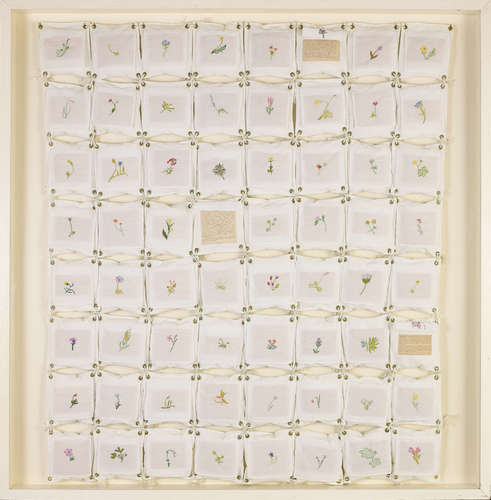
Joyce Wieland, The Water Quilt, 1970–71
Embroidered cloth and printed cloth assemblage, 134.6 x 131.1 cm, Art Gallery of Ontario, Toronto
Laxer’s book concerns the future of Canadian natural resources; he reports critically on plans by American business interests (as far away as California) to seize control of Canada’s northernmost fresh water and divert it south of the border. Wieland was apparently so alarmed by this possibility, euphemistically referred to as the sale of “bulk water,” that she asked Laxer’s permission to incorporate the book into her artwork.
Here Wieland depicts the delicate flowers to suggest an ecologically threatened northern environment, while linking the problem to questions of national sovereignty. This way of understanding and representing landscape was unique among artists at the time. The Water Quilt is also a profoundly interdisciplinary object, in that scientific knowledge (the botanical specimens on display) intersects with economics (Laxer’s analysis) as well as with aesthetics.
This Spotlight is excerpted from Joyce Wieland: Life & Work by Johanne Sloan.
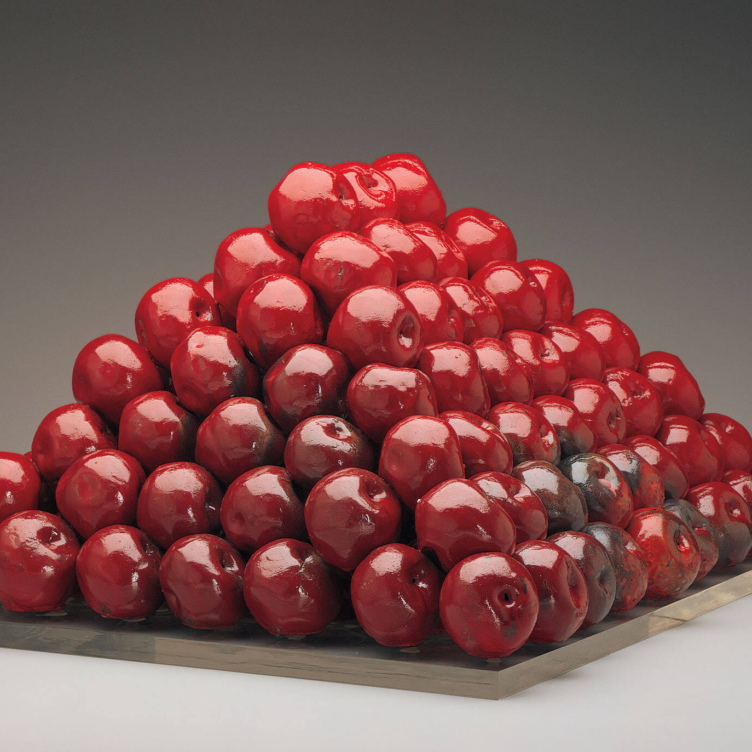 Pyramid Scheme
Pyramid Scheme
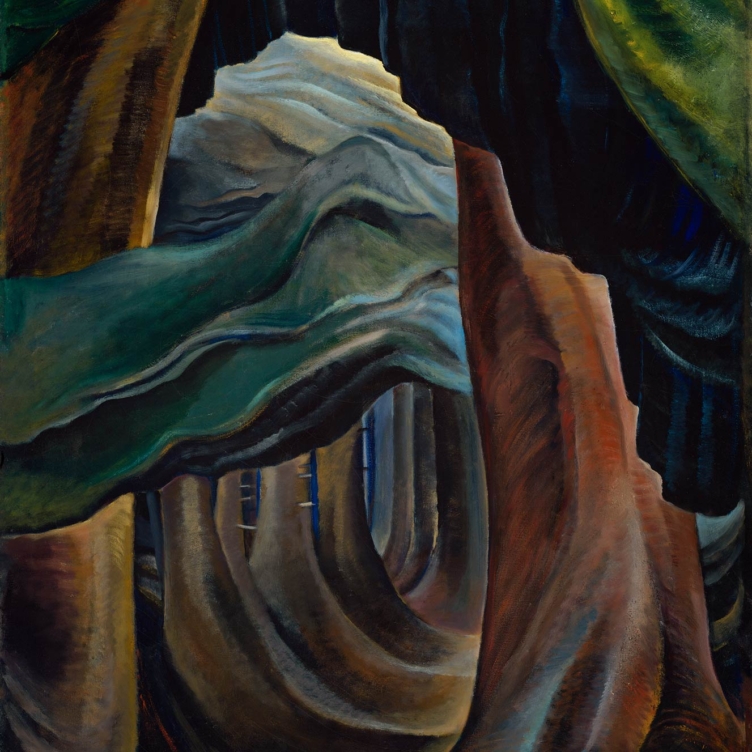 Transportive Trunks
Transportive Trunks
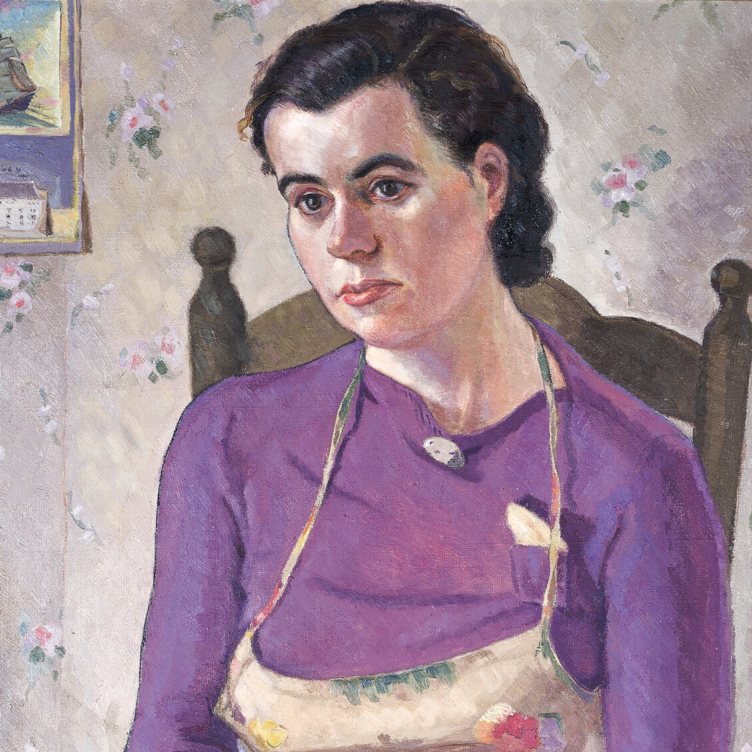 The Military Mate
The Military Mate
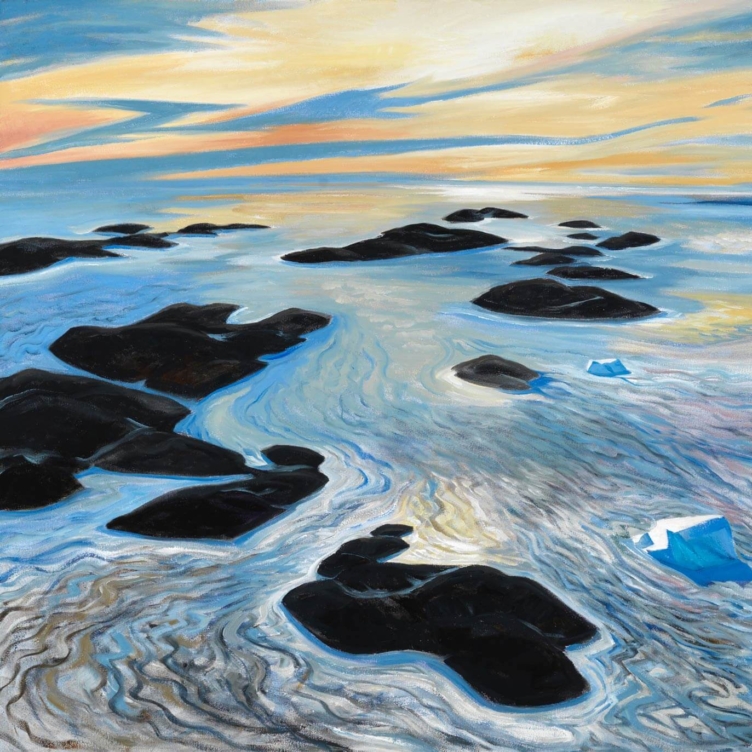 Looking Up on the World
Looking Up on the World
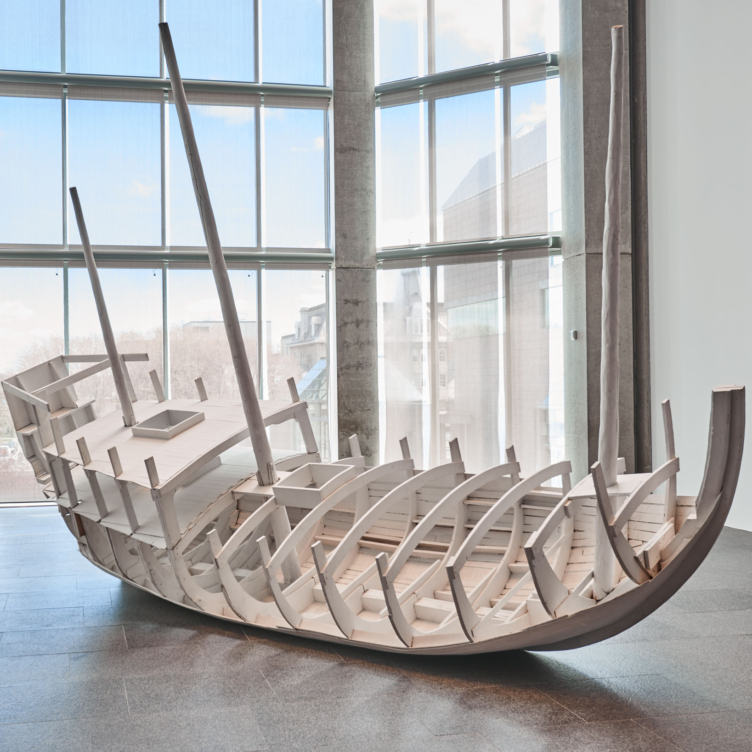 Vessel of Despair
Vessel of Despair
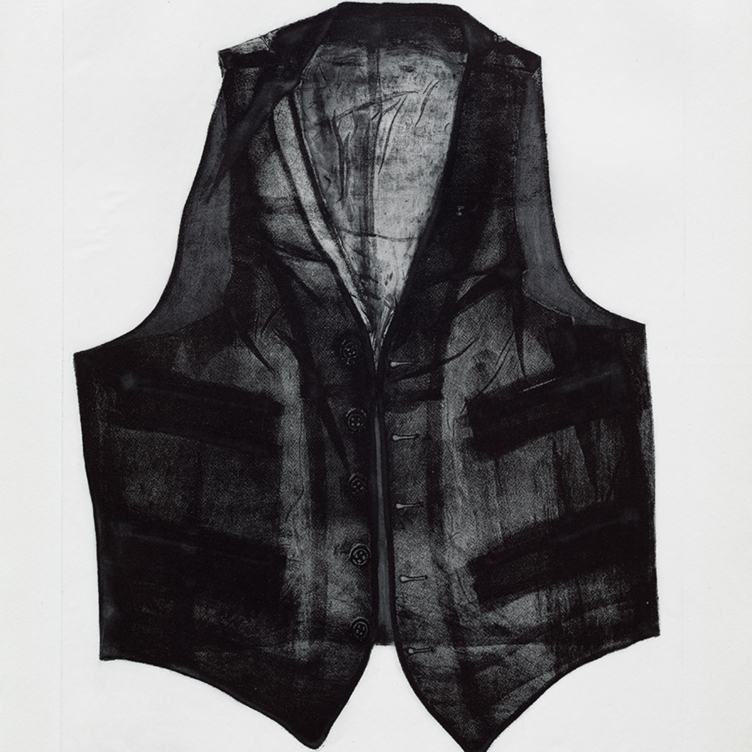 Layers of Meaning
Layers of Meaning
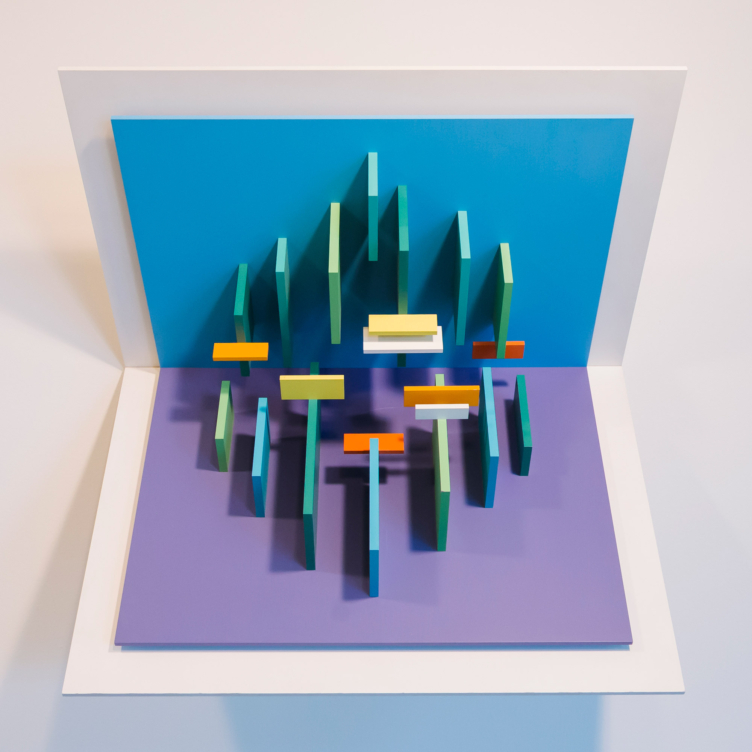 In Parallel to Nature
In Parallel to Nature
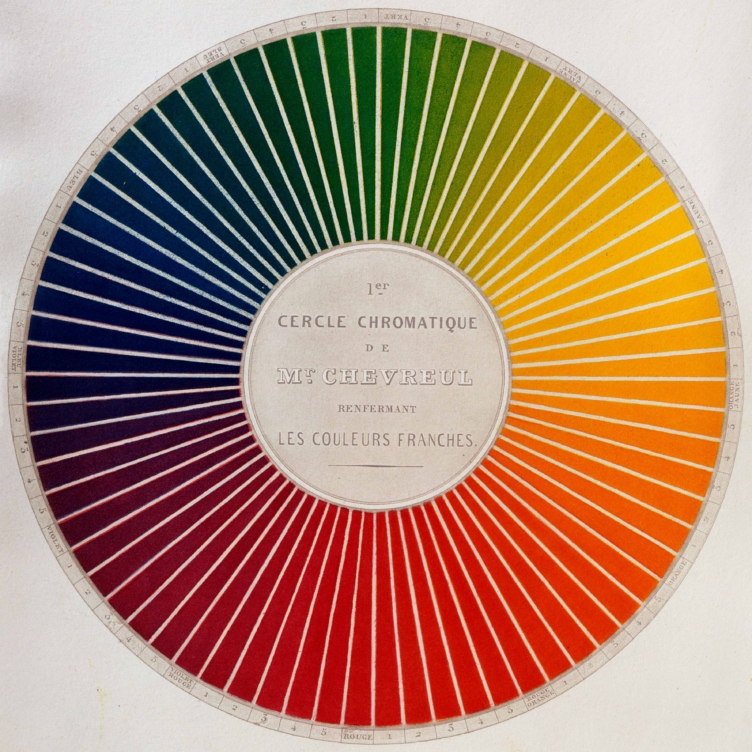 Wheel of Fortune
Wheel of Fortune
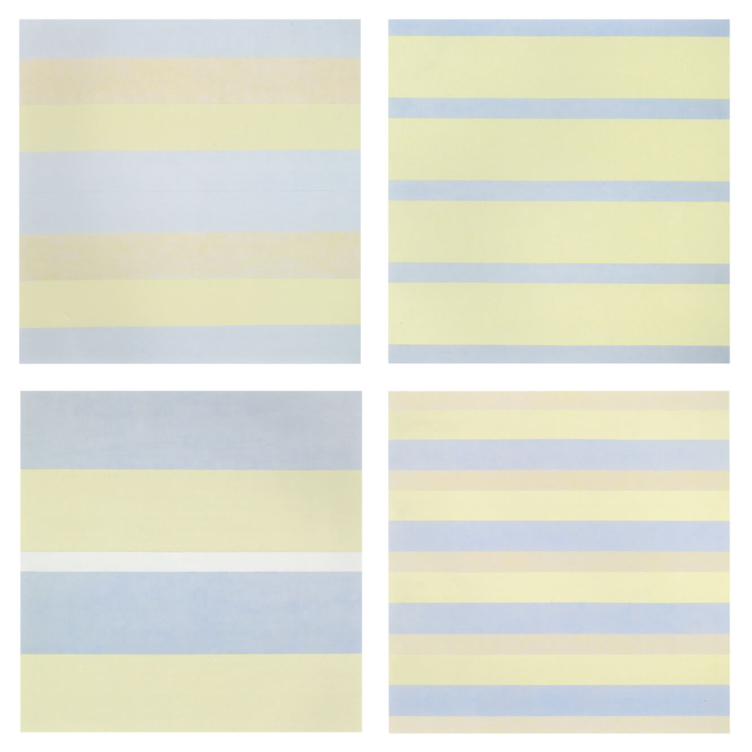 Paintings after emotional states
Paintings after emotional states
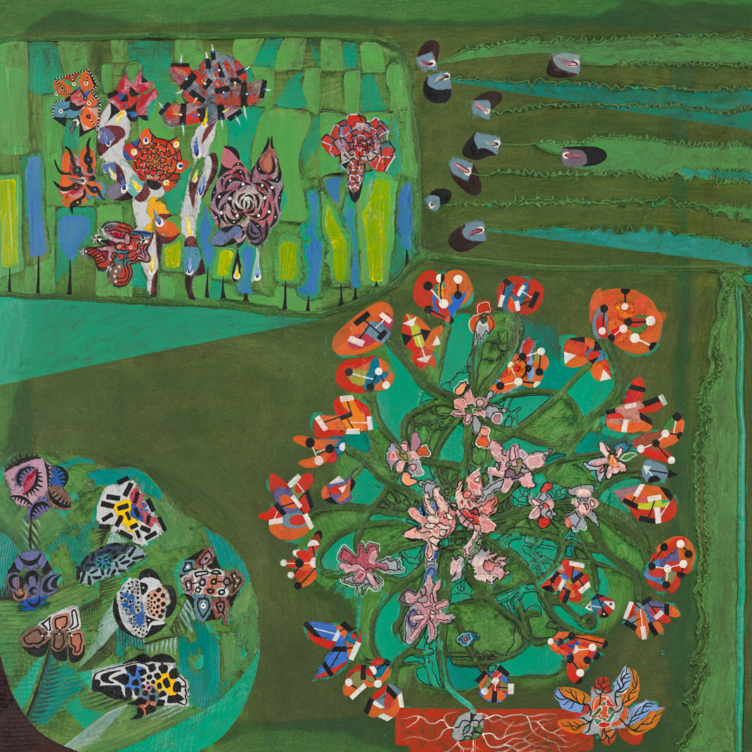 Garden of Delight
Garden of Delight
 Stitching the Archives
Stitching the Archives
 A Working-Class Hero
A Working-Class Hero
 Imagining Entangled Futures
Imagining Entangled Futures
 Bridging Far and Near
Bridging Far and Near
 Soft Power
Soft Power
 Imagining Emancipation
Imagining Emancipation
 A Priceless Portrait
A Priceless Portrait
 Meditation in Monochrome
Meditation in Monochrome
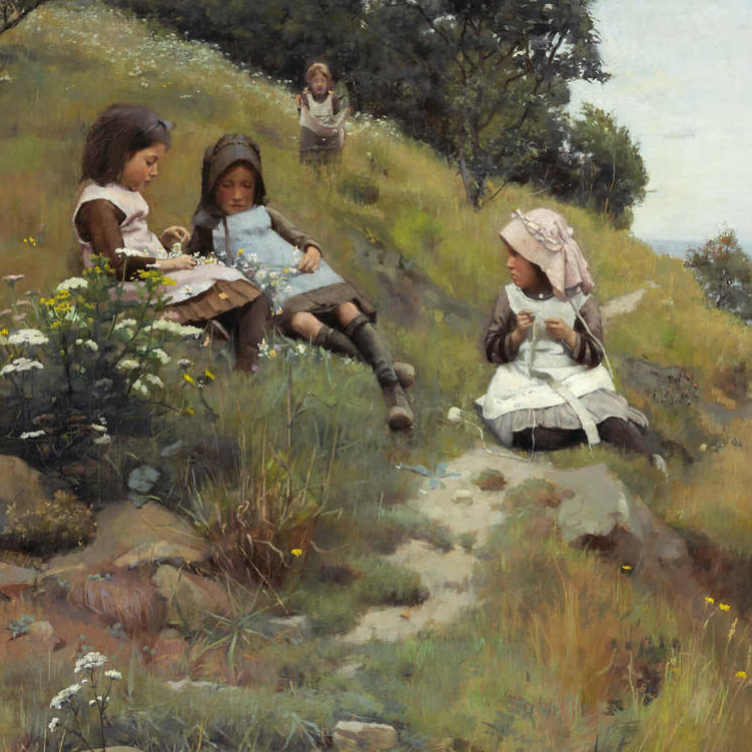 Making His Mark
Making His Mark
 Honour and Sacrifice
Honour and Sacrifice